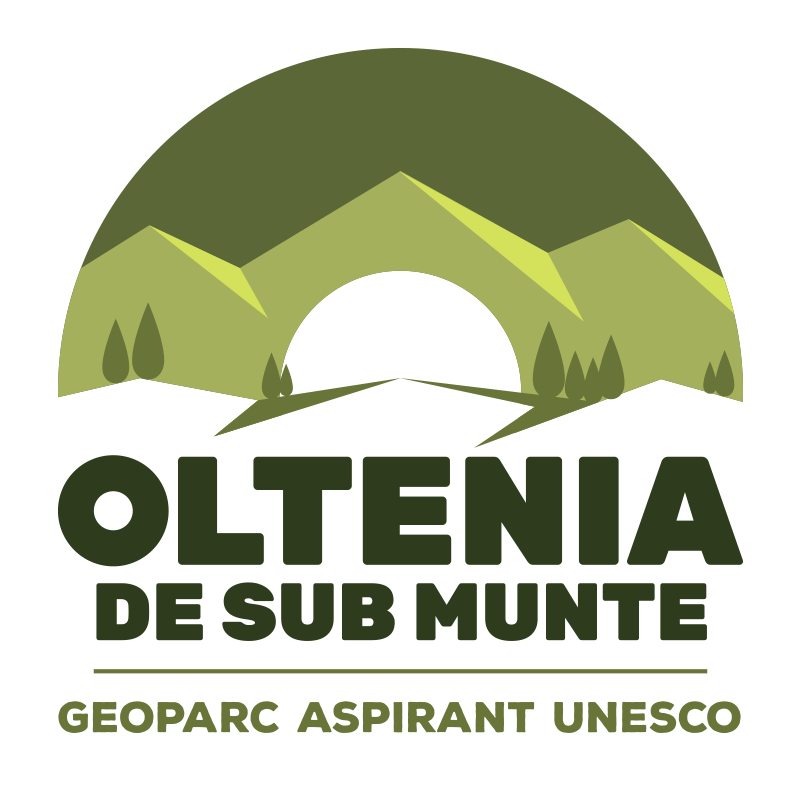Bistrita Monastery - Costești
Founded by the noblemen of Craiova, Banul Barbu and his brothers Pârvu, Danciu and Radu, the Bistrița monastery dates back to around 1490. The present church is built in neo-Gothic style, with generous dimensions and a cathedral-like appearance. It has a large cylindrical tower on the nave and two smaller parallelepipedal towers on the pronaos, an apse flanked by two lateral apses and two triangular gables on the sides. The interior impresses with its size, and the Byzantine style is balanced by the Gothic-style canopy, executed in Vienna. The painting of the new church, in oil, was executed by the painter Gheorghe Tătărescu in 1850, a realistic, monumental painting with wide registers. The painting is modern, with mural portraits of Barbu Craiovescu and the prince of 1855, Barbu Știrbei, at the entrance. The interior also houses the tomb of the founder.
Among the valuable decorative elements in the interior is the six-sided icon, painted by a monk in 1833, representing Jesus Christ, Saint Mary and Saint John on one side, and on the other side the holy mystics Basil, Gregory and John, by the ingenious arrangement of perpendicular panels on the main sides of the icon.
The relics of St. Gregory the Decapolite (a saint who lived in Asia Minor around 780 AD), brought here by Barbu Craiovescu, shortly after the foundation, are also inside the monastery, sheltered by a beautiful, richly ornamented silver coffin, donated to the monastery by Lady Bălașa, wife of the ruler Constantine Șerban-Vodă, in 1656.
